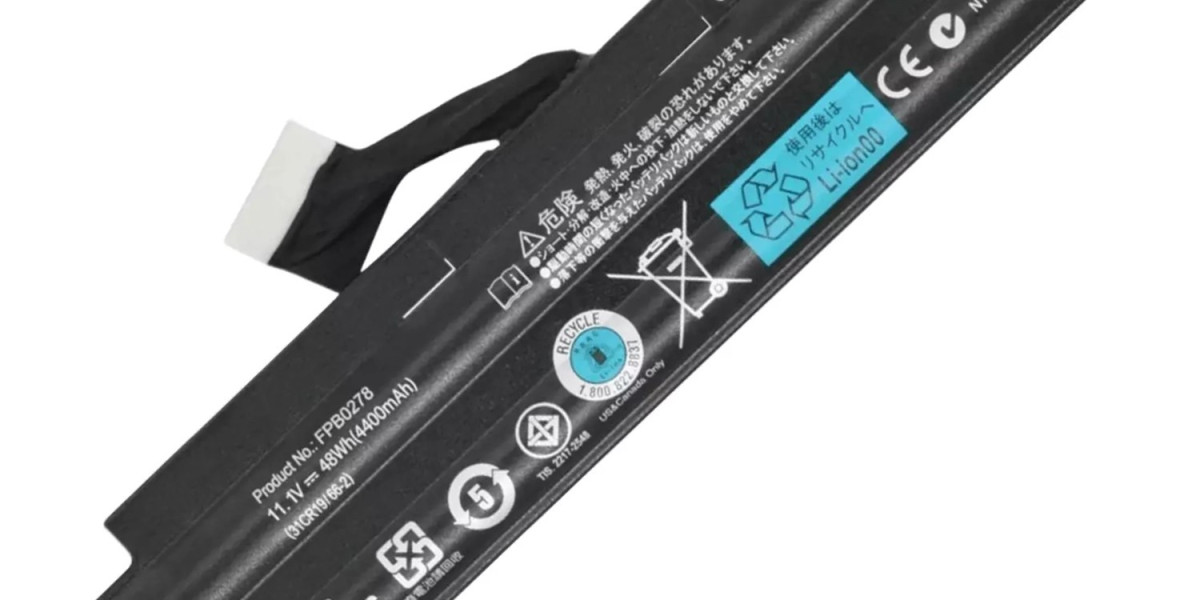Christmas garlands are a beloved holiday decoration, bringing festive charm and warmth to homes, offices, and public spaces. However, an important concern that often arises is their fire safety, specifically, how fire-resistant these decorations are and whether they pose any significant risks. Understanding the fire performance of Christmas garlands is essential to ensure safe holiday celebrations.
Material Composition and Flammability
The fire safety of a Christmas garland largely depends on the materials from which it is made. Natural garlands, composed of real pine, fir, or cedar branches, are inherently combustible because dried evergreen needles and wood are flammable. When dried out, natural garlands can ignite easily if exposed to an open flame, such as candles or faulty electrical wiring. This creates a tangible fire hazard, especially if the garland is placed near heat sources or electrical decorations without proper care.
Artificial Christmas garlands are usually made from synthetic materials like PVC (polyvinyl chloride) or polyethylene. Many manufacturers treat these materials with fire-retardant chemicals to reduce flammability. However, despite these treatments, artificial garlands can still catch fire if exposed to intense heat or open flames. The level of fire resistance varies between products and depends on the type and quality of fire retardants used during manufacturing.
Safety Standards and Certifications
To address fire risks, reputable manufacturers often subject Christmas garlands to fire safety testing and certifications. Products may comply with standards such as the ASTM E84 test (Surface Burning Characteristics of Building Materials) or other regional fire safety regulations. Garlands meeting these standards demonstrate limited flame spread and reduced smoke generation, enhancing overall safety.
Consumers are encouraged to look for safety labels or certifications when purchasing garlands, especially if they plan to use them indoors or in commercial settings where fire codes are strict. Using certified fire-resistant decorations reduces the likelihood of accidents.
Precautionary Measures for Safe Use
Regardless of the material, taking precautionary steps is crucial. Avoid placing garlands near open flames such as candles, fireplaces, or heaters. If garlands include electrical lights, ensure that wiring and bulbs are in good condition and rated for indoor or outdoor use as appropriate. Use LED lights, which generate less heat compared to incandescent bulbs, further minimizing fire risk.
Regularly inspect natural garlands for dryness and replace them if they become brittle. For artificial garlands, avoid exposing them to excessive heat or sparks. Position decorations away from escape routes to ensure safe evacuation in case of emergencies.
Conclusion
Christmas garlands enhance festive environments but can pose fire risks if not used responsibly. Natural garlands, while beautiful and aromatic, are more flammable and require careful placement and monitoring. Artificial garlands often feature fire-retardant treatments but are not entirely fireproof. Checking for safety certifications and adhering to basic fire precautions ensures a safer holiday season.



